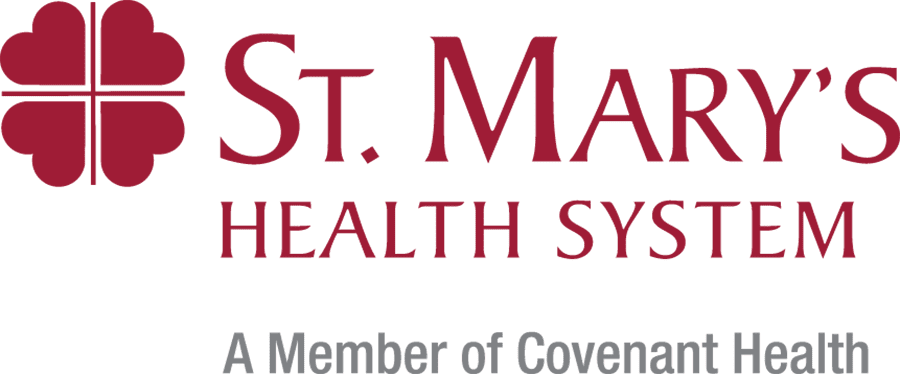 In a busy emergency department at St. Mary’s Health System, a patient experiencing stroke-like symptoms arrives speaking no English. The medical team springs into action with urgent medical care – and immediately accesses an interpreter through a video screen.
In a busy emergency department at St. Mary’s Health System, a patient experiencing stroke-like symptoms arrives speaking no English. The medical team springs into action with urgent medical care – and immediately accesses an interpreter through a video screen.
Within minutes, an on-site interpreter joins the care team in person. The interpreter’s presence transforms the situation by bridging crucial communication gaps in the patient’s care. More than just translating words, the interpreter helps convey vital medical information while picking up on subtle body language and cultural nuances that could affect treatment.
Seamlessly, St. Mary’s Interpreter Services program ensures every patient, regardless of language or communication barriers, receives the high-quality, compassionate care they deserve.
“Interpreting is really about providing a bridge between two people to communicate,” says Interpreter Services Program Manager Jacynthe Jacques. “We put the power back in patients’ hands so they can make more informed decisions for their own health.”
The program offers interpretation in over 240 languages, including American Sign Language (ASL), through on-site interpreters, video remote interpreting and phone services. Last year alone, St. Mary’s and its sister hospitals responded to requests in more than 70 languages, with Somali, French, Portuguese and Arabic the most frequently requested at St. Mary’s.
As Lewiston continues to welcome new community members, Jacynthe and her team stay ready to meet evolving needs. Support from donors like The Albert Lepage Center for Patient Experience Fund helps ensure interpreters have the tools they need to serve our diverse community, including iPads with healthcare interpreting software brought directly to patient rooms.
Beyond language interpretation, the team equips departments throughout the hospital with comprehensive communication toolboxes checked every 3-4 months. These include magnifiers for low-vision patients, amplifiers for people who are hard of hearing and pictogram tools for basic communication needs.
“Research shows patients who use interpreter services have lower readmission rates and often lower medical expenses because they can make truly informed decisions about their care,” says Jacynthe. “When patients connect with an interpreter, you can hear the relief in their voice. That’s what makes our work so rewarding.”

